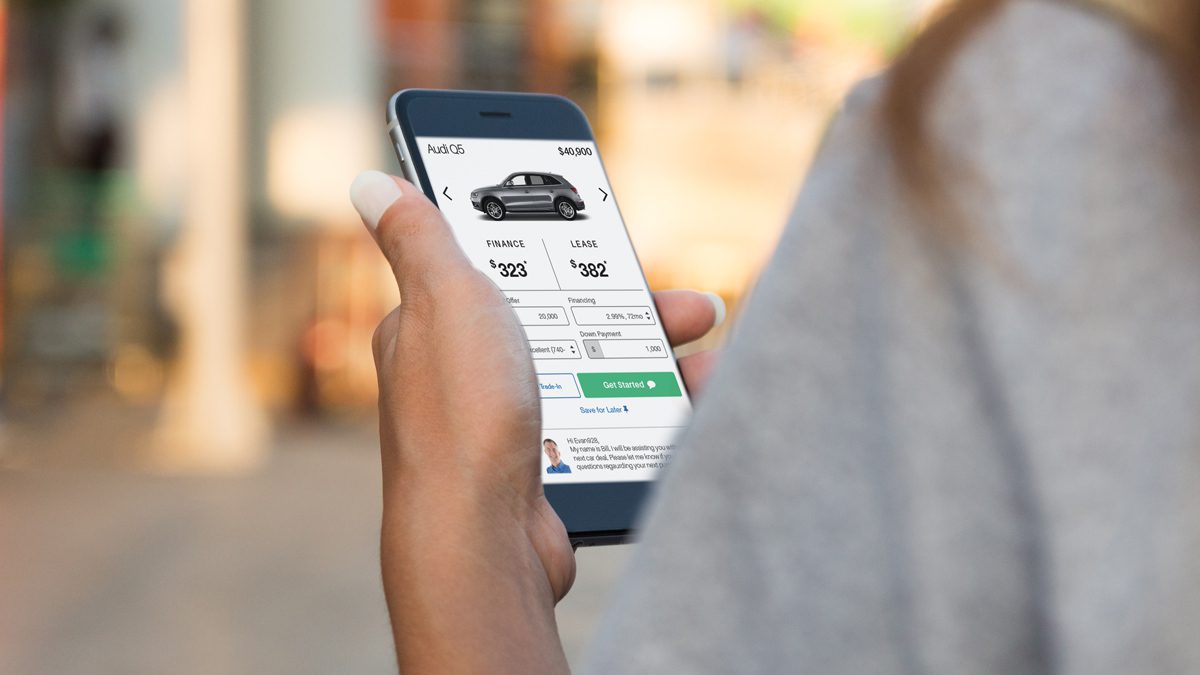With the coronavirus recovery underway in most parts of the country, dealerships nationwide have had to adapt their sales structure. In many parts of the nation, the customer base suddenly has become uneasy to cross the threshold into the store for the first time. And in areas that were able to continue selling during the pandemic response, digital retailing became the consumer’s method of choice, not to mention the only allowable method in others.
What dealers are bound to struggle with if digital retailing truly becomes the new norm is that it contradicts much of the strategy for sales profitability. What salespeople have been taught to do for decades to retain the highest gross profit possible is now nearly impossible.
What’s Changed?
The tenets to keeping gross profit until now have been building a relationship with the customer, thorough feature-and-benefit analysis with product knowledge, and controlling the narrative. In digital retailing, these tenets for a profitable sale are much more difficult.
- Since the contact with the customer is digital, building a relationship is far less personal. What that means is that a face-to-face greeting, small talk over a coffee, and responding to body language are not possible. The relationship tends to be more superficial.
- The walkaround for a new or pre-owned vehicle is about educating about its features and benefits and reinforcing its value. That’s much more difficult without two parties participating in the process.
- All in all, it’s more about becoming a trusted authority on the car. If that’s not happening, the customer is less likely to relinquish control of the narrative. That’s where profitability dissipates.
What Can Dealers Do?
Digital retailing isn’t new. Internet sales managers have been integral to dealership operations for well over a decade, but it’s even different for them right now. Rather than converting an internet lead to an in-person appointment, much of the sale and delivery – if not all – have to be done without ever meeting the buyer in person. That’s tough for someone who hasn’t had to do it previously… but not impossible.
Build a Relationship Virtually
Known as relationship selling, one key is to continue using the strategy to build rapport with the customer without an in-person connection. It still needs to be physical, however. Looking a person in the eye helps establish trust, and while that’s easiest in person, it’s still possible virtually.
In all email communications, include a head shot in the body text or the signature. Wherever possible, avoid simply having voice communication and opt for video calls. Not only can you demonstrate product on video but the buyer can see you and read your behavior and body language.
Give More than the Next Dealer Would
An often-cited report from Cox Automotive, the 2019 Car Buyer Journey Report, details that shoppers visited 2.3 dealerships before completing their purchase. That’s bound to decrease further this year due to sentiment around social distancing. That means dealers will need to give up more through digital retailing to capture that customer’s sale.
Where a salesperson might’ve held back information to secure an appointment, it’s going to become all about bringing the customer as close as possible to a decision before visiting the store. In fact, many will make their buying decision without ever setting foot in the showroom. Give them the video walkaround, spec sheets, offer overnight test drives, and make their decision about comfort and convenience over price. Set your store apart from the others.
Be Persistent
Unfortunately, with digital retailing, the customer is in control of the conversation. If they’re feeling any pressure, all they have to do is block your texts, not answer your call, or delete your email. But the danger if you fear being frozen out by the shopper is that you don’t follow up enough.
From the first conversation you have, make it clear that you’ll be staying in contact often. Tell the shopper that it’s going to be no pressure but you’ll keep them informed of inventory and incentive changes along their journey. What happens if you don’t? They’ll be quick to stray to another dealership, soon forgetting the value you’ve been building and the relationship you’ve been working on.
The same pre-pandemic sales process may still work at times, but you can expect a lower conversion rate. With digital retailing, you must understand that the control in the sale has changed, and that means you’ll need to change too.
Related: Why Did it Take a Pandemic for Dealers to Embrace Digital Retailing?
Did you enjoy this article from Jason Unrau? Read other articles from him here.
Car Biz Today, the official resource of the retail automotive industry.


While you’re here, don’t forget to subscribe to our email newsletter for all the latest auto industry news from CBT News.








